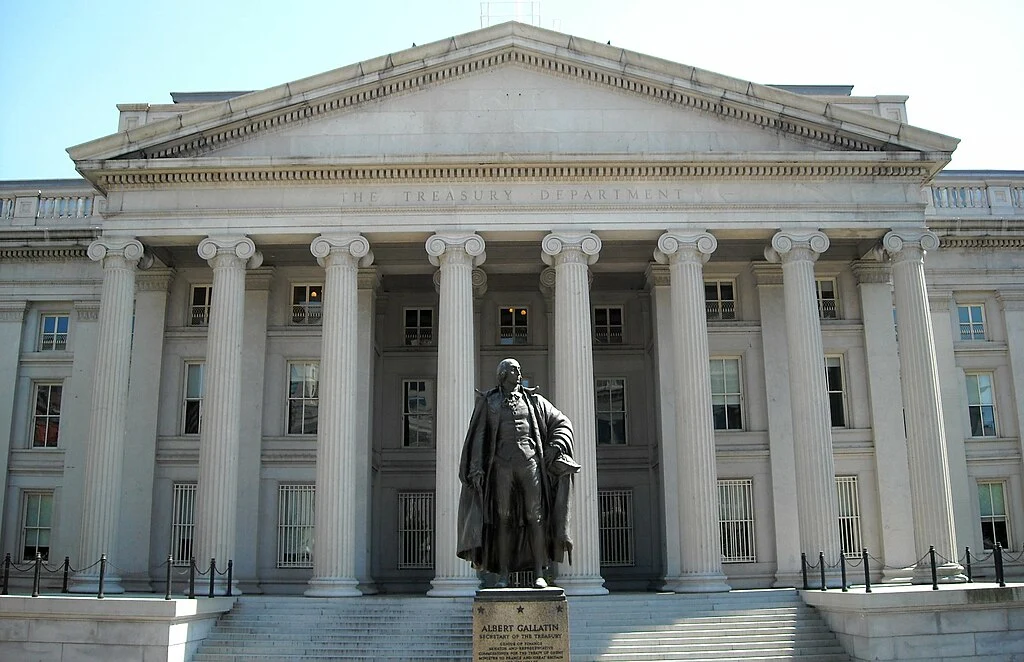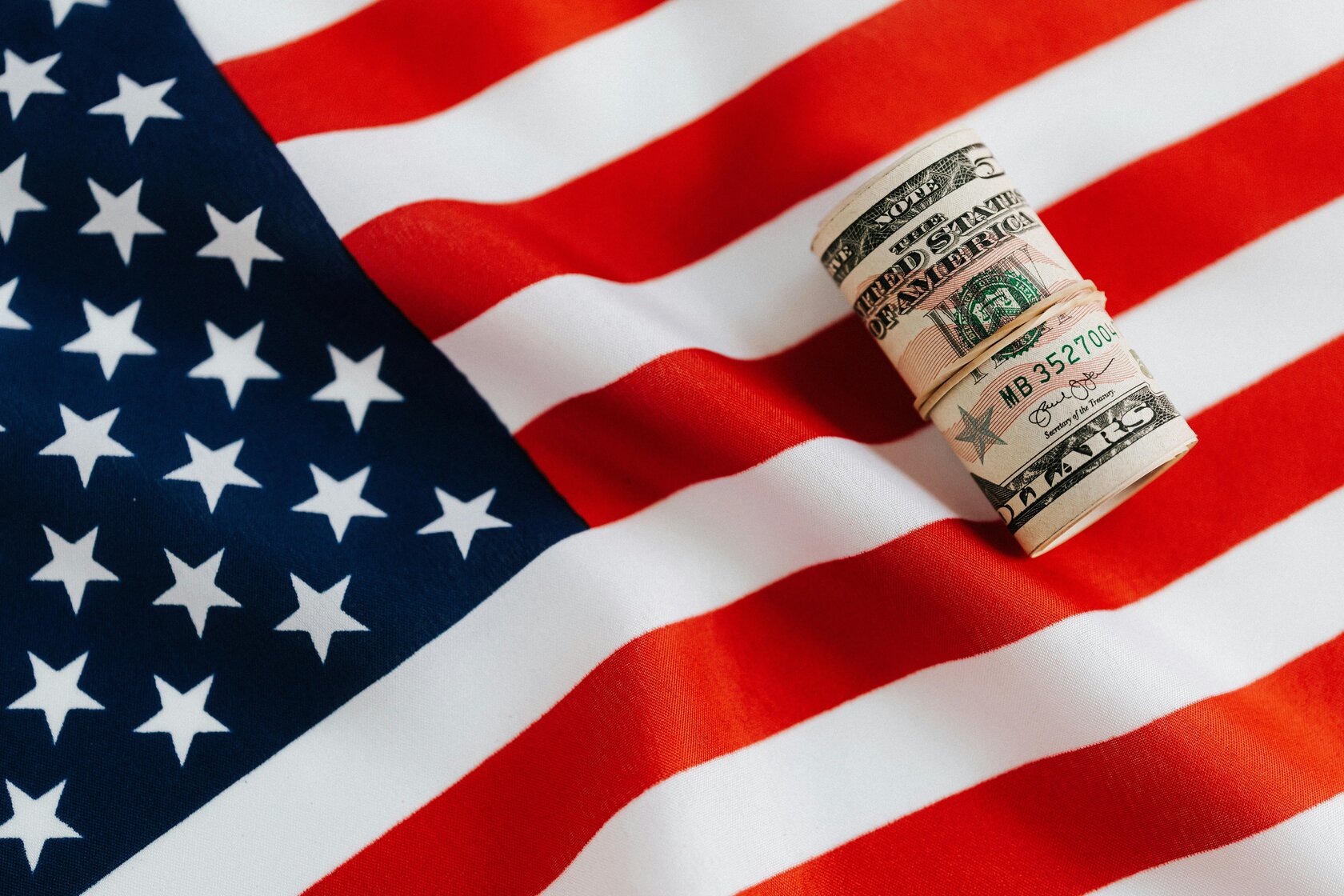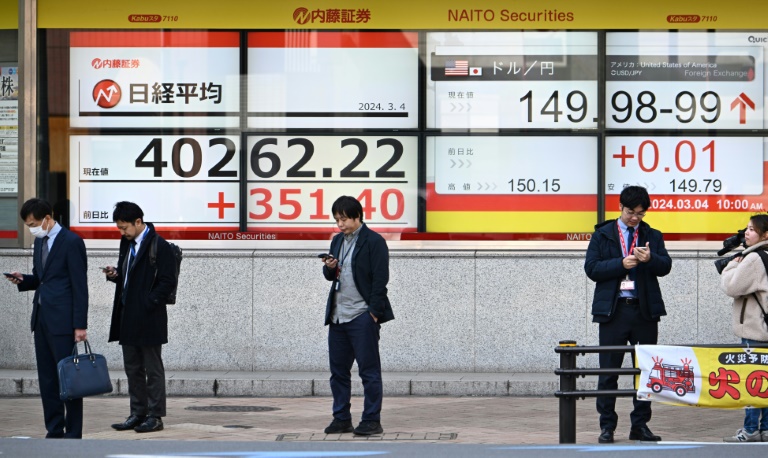Welcome to the Economics 101 series in which we will go over the most basic concept in economics that everyone should understand. The series of articles contains discussions about the following subject:
- Supply and Demand
- Opportunity Cost
- Scarcity
- Cost-Benefit Analysis
- Incentives
- Elasticity
- Market Structures
- Gross Domestic Product (GDP)
- Inflation and Deflation
- Fiscal and Monetary Policy
This is part six in which we will discuss the basics of elasticity.
Understanding Elasticity
When it comes to economics, one of the fundamental concepts that analysts and policymakers alike need to understand is elasticity. Elasticity is a concept that measures the responsiveness of a variable to changes in another variable. It helps economists analyze how changes in price or income affect the demand and supply of goods and services in the market.
The Formula for Elasticity
There are different types of elasticity, but the most commonly used is price elasticity of demand. This measures the responsiveness of quantity demanded to changes in price. The formula for price elasticity of demand is:
Price Elasticity of Demand = (% Change in Quantity Demanded) / (% Change in Price)
The result of this formula will be a numerical value. If the value is greater than 1, it indicates an elastic demand, meaning that a change in price will have a relatively large impact on the quantity demanded. If the value is less than 1, it indicates an inelastic demand, meaning that a change in price will have a relatively small impact on the quantity demanded.
Interpreting Elasticity
Interpreting elasticity values can provide insights into the behavior of consumers and producers in the market. For example, if the price elasticity of demand for a product is greater than 1, it means that consumers are highly responsive to price changes. This information is useful for businesses when deciding whether to increase or decrease prices.
On the other hand, if the price elasticity of demand for a product is less than 1, it means that consumers are less sensitive to price changes. In this case, businesses can increase prices without significantly impacting the quantity demanded.
Factors Affecting Elasticity
Several factors influence the elasticity of demand:
- Availability of Substitutes: When there are many substitutes available for a product, consumers can easily switch to alternatives if the price increases. This leads to a more elastic demand.
- Necessity vs. Luxury: Goods that are considered necessities, like food and water, tend to have an inelastic demand. On the other hand, luxury goods have a more elastic demand as consumers can easily defer purchasing them when the prices rise.
- Time: Over time, consumers may be more responsive to price changes. In the short run, if the price of gasoline increases, consumers may continue buying it because they need it for transportation. However, in the long run, they may switch to alternative modes of transportation, making the demand more elastic.
Elasticity and Revenue
The concept of elasticity is also important for businesses to maximize their revenue. Knowing the elasticity of demand for their products can help them set prices more strategically. For example, if a business has an inelastic demand for its product, it may choose to increase prices to maximize revenue. On the other hand, if the demand is elastic, lowering prices might be a better strategy to attract more customers and increase overall revenue.
Policy Implications
Understanding elasticity can also have important policy implications. For instance, when policymakers impose taxes or subsidies on goods or services, they need to consider how these changes will impact the quantity demanded. If the demand is inelastic, a tax could result in an increase in revenue for the government without a significant decrease in quantity demanded. On the other hand, if the demand is elastic, a tax could lead to a decrease in revenue as consumers reduce their consumption.
Elasticity is a crucial concept in economics, as it helps economists, businesses, and policymakers understand the responsiveness of consumers and producers to changes in price and income. By analyzing elasticity, individuals can make informed decisions to maximize revenue, set prices more strategically, and design policies that align with consumer behavior.





















